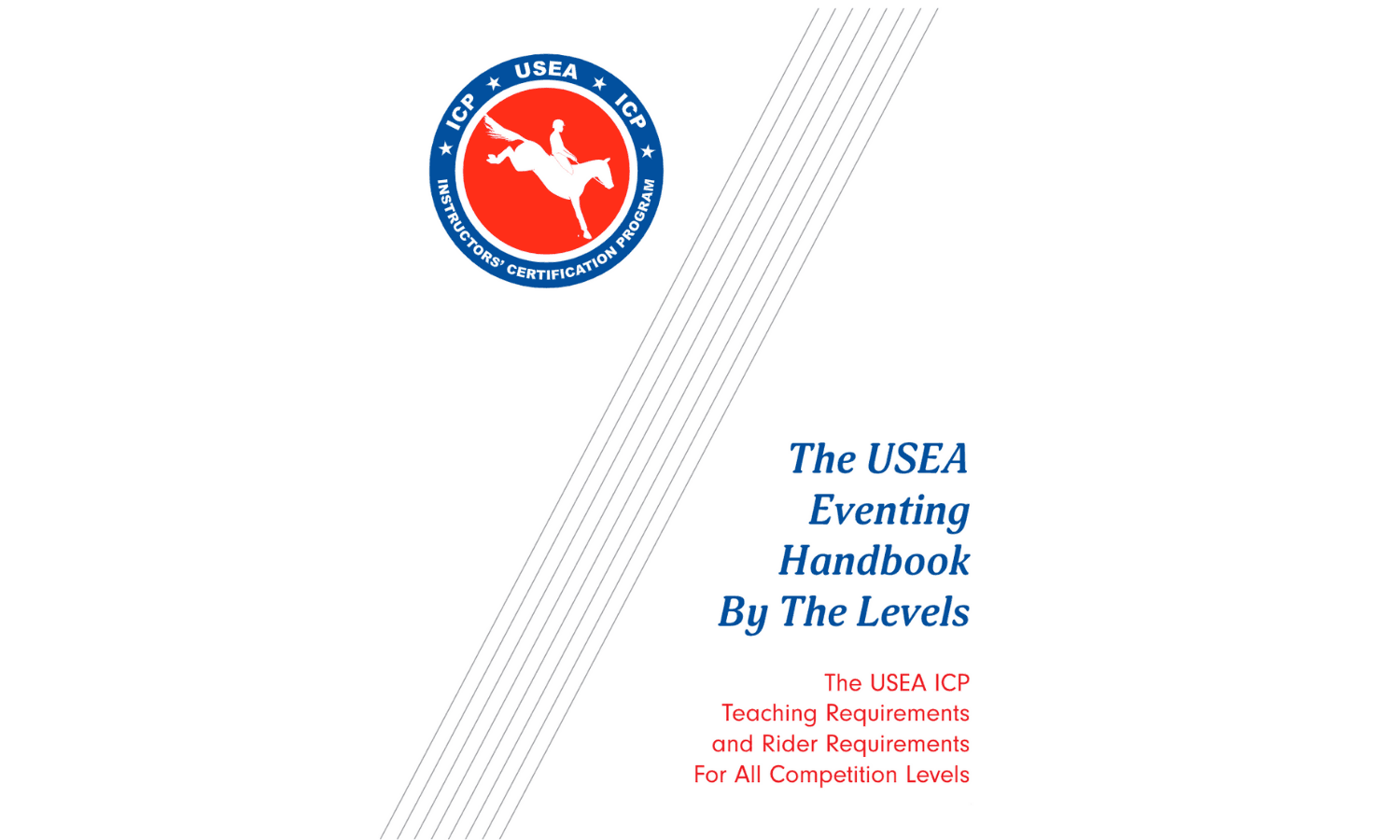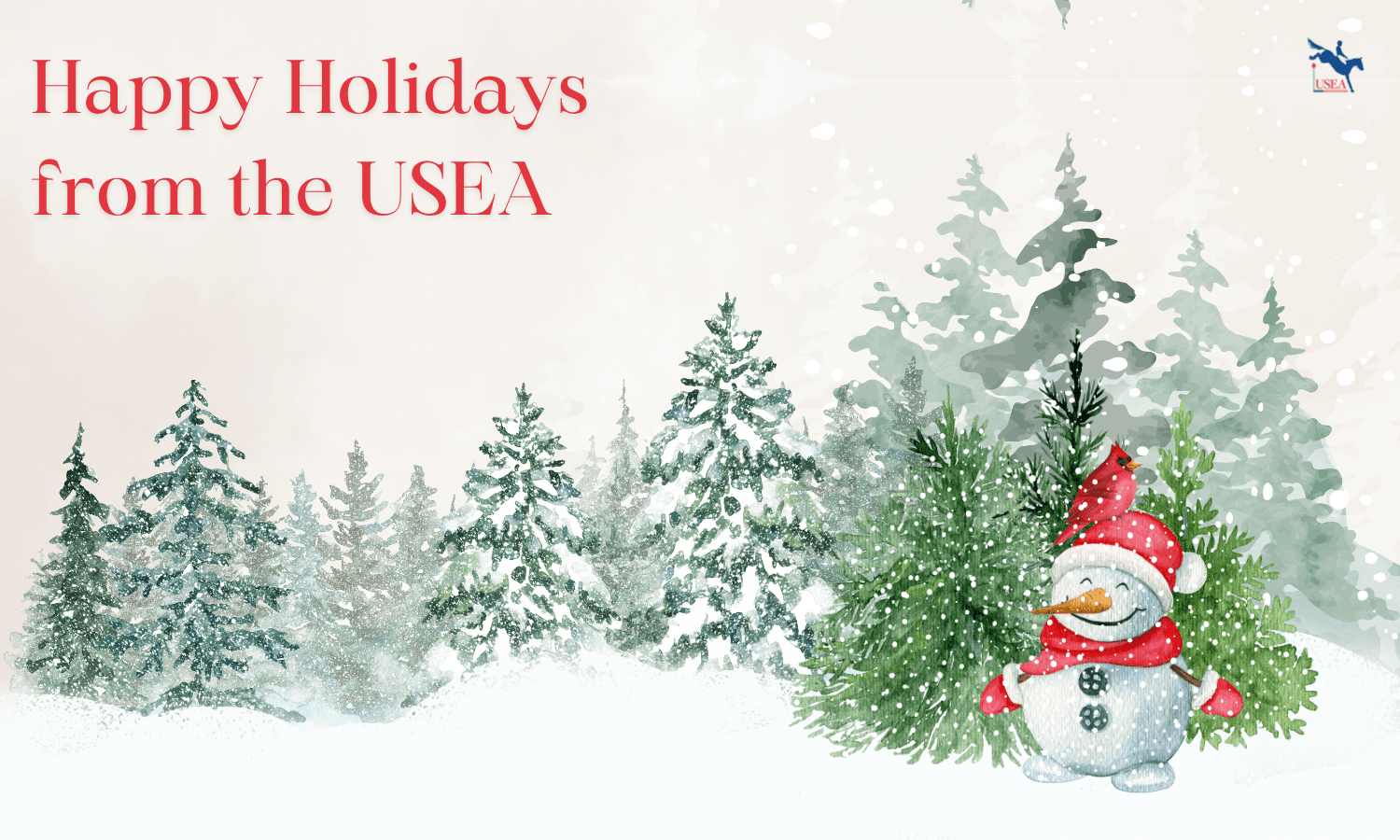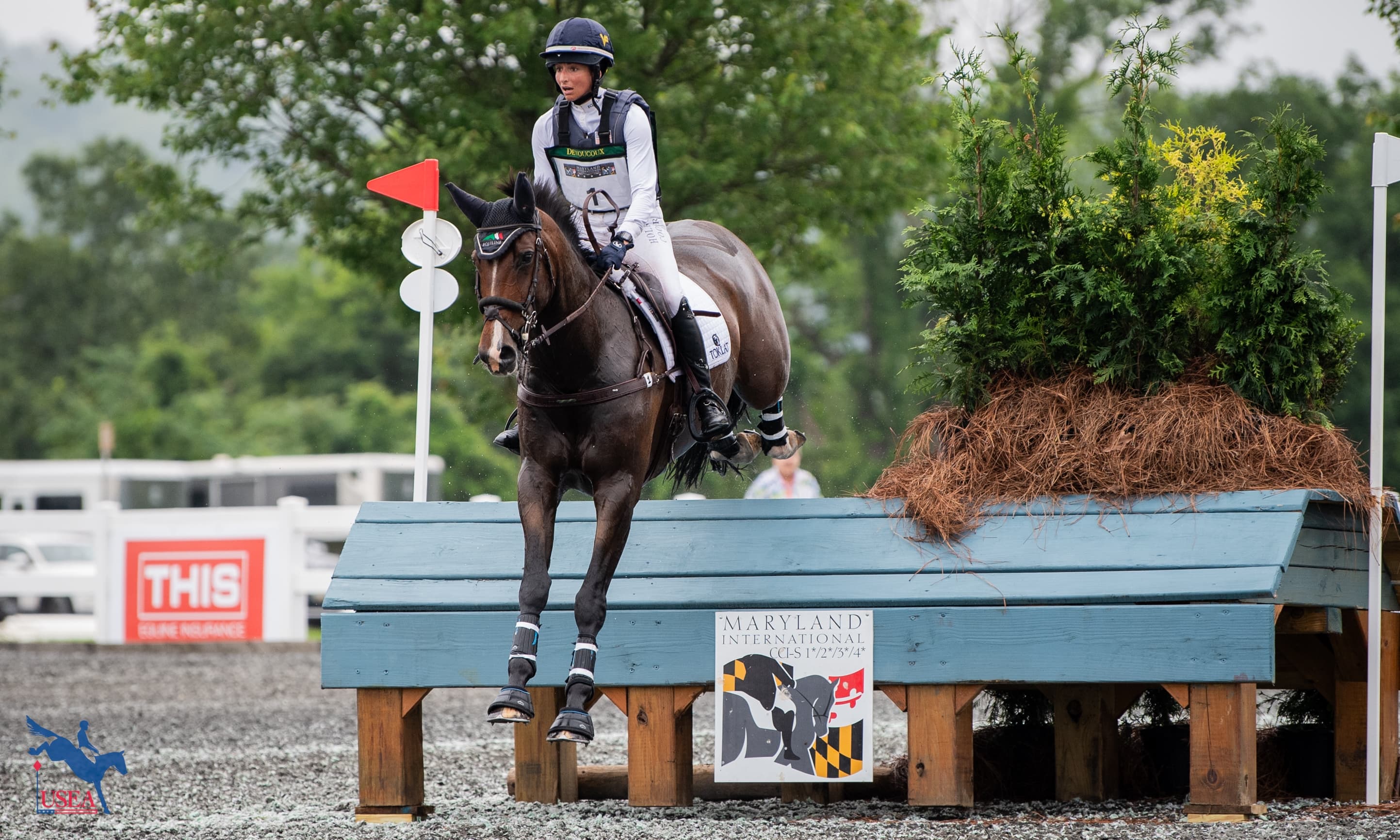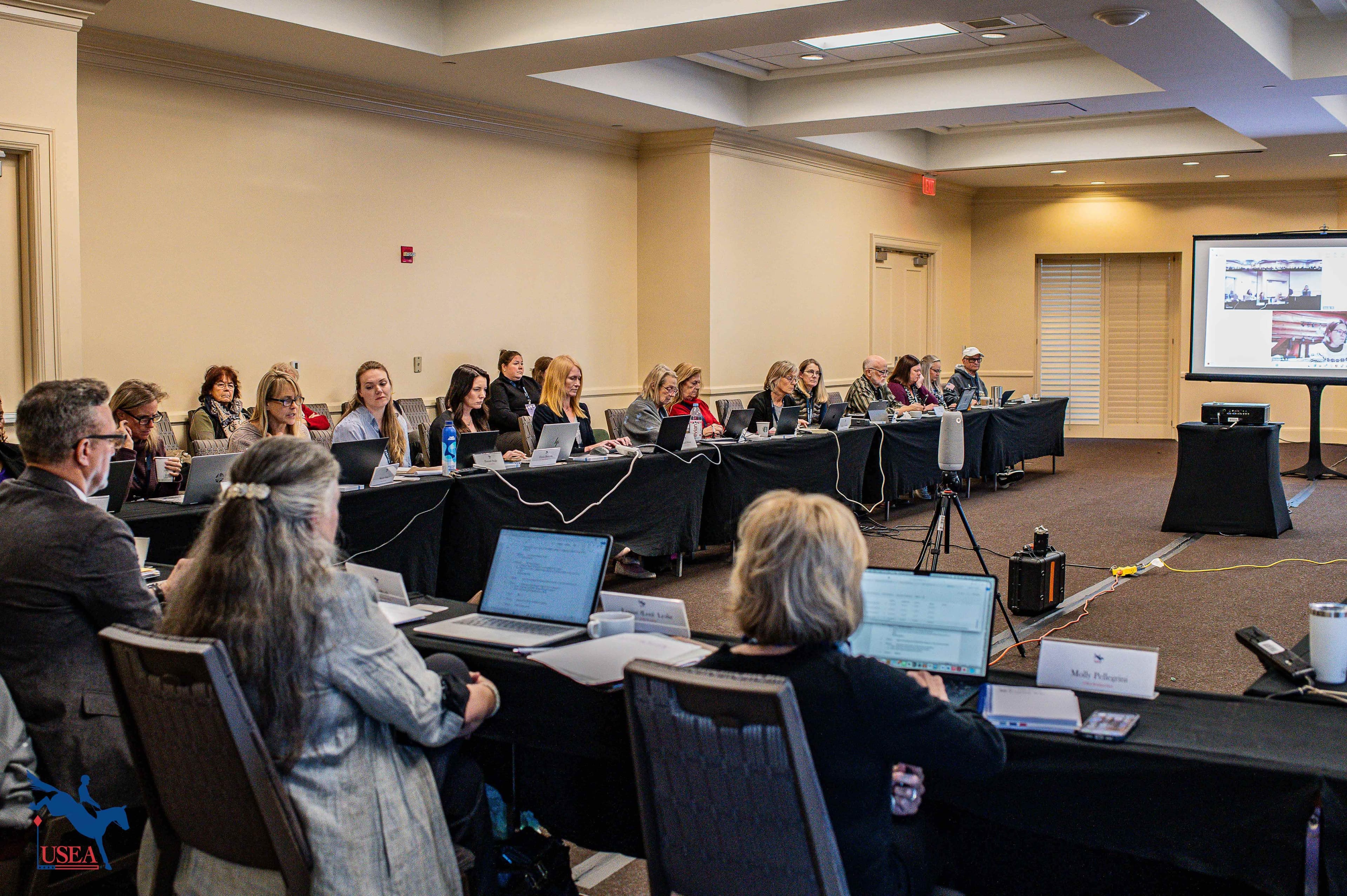Now Available to USEA Members: The USEA Eventing Handbook by the Levels

After two years of research and writing, the United States Eventing Association (USEA) is proud to officially release the USEA Eventing Handbook by the Levels to its membership. Created by members of the USEA Instructors’ Certification Program (ICP) Committee with the input of licensed officials, professional riders, rider safety experts, and many other key players in the industry, this all encompassing handbook outlines clear and consistent guidelines for riders and trainers to refer to when navigating their way through the competition levels. Featuring rider requirements, exercises, demonstrated skills, evaluation tools, and more at the Starter through Advanced levels, this highly anticipated resource is by far the most comprehensive level-by-level guide for the sport of eventing in North America.
USEA members may download the USEA Eventing Handbook by the Levels at no charge in the USEA Member File Library by logging into their online services account. Non-members will be able to purchase the USEA Eventing Handbook by the Levels through ShopUSEA.
The handbook provides guidelines for everyone connected to the sport, for a better understanding of the competition levels and the pathway for progression from level to level. Instructors will find value in the tools outlined to prepare riders in their program for competition and continued advancement when appropriate. Riders (and the parents of young riders) will appreciate the information provided in regards to understanding level requirements and how to make safe decisions about moving up. The handbook will also assist riders and parents in evaluating and choosing an appropriate instructor to reach their individual goals.
As you read through the USEA Eventing Handbook by the Levels for the first time, it is encouraged that you take a moment to read through both the “Introduction” and the “Universal Language” sections before continuing through the handbook. Goals of the handbook include demonstrating the importance of adhering to training and teaching principles and utilizing the language and terms of the sport correctly and in context, all of which are covered in the “Universal Overview” section. It is recommended that the user read through all the levels to fully benefit from the vast amount of information that has been amassed in this handbook as it clearly describes the correct, incremental progression of riding and training skills and abilities through the levels. This will help riders and instructors identify root causes for problems or weaknesses by reviewing the skills and abilities which may have been missed at the previous levels.
Since inception, ICP has had a critical role in developing standards for instructors. In the 25 years since the ICP program was initiated there has been progress and change in the business model of instructors and also in the sport as a whole.
“The USEA has been successfully working on various means of managing risk within the sport,” shared ICP Committee member Jennifer Rousseau. “Huge strides have been made on the technical side with frangible technology, and on the regulatory side with new rules, particularly around qualifications. The ICP took the opportunity while discussing the changing sport and the role of the ICP to ask themselves the question: What is the instructor’s role in risk management?”
“The answer was that our role in that aspect is significant,” Rousseau continued. “The instructors have a really large footprint on the experiences of horse and rider, especially when it comes to safely moving up the levels. Further discussion spawned the the idea of determining what every instructor needs to be teaching at every national level. However, it quickly became evident that we needed to first clearly define the expectations for riders at every competition level, and the teaching requirements would follow.
As we were designing and creating the handbook, we prioritized the main techniques, skills and abilities we felt were needed at each competition level into non negotiables. A non-negotiable is a skill or ability which absolutely has to happen for a rider to be safe at the level. We then flushed out, added and organized the skills and exercises which supported those non negotiables. The finished product will help riders be safe successful at each level, and will build the foundation for progressing to the next level. Additionally, as we created the text to describe those supporting skills and exercises, we tried not to make hard and fast rules that a rider has to do a specific thing in a specific way; rather, we endeavored to create guidelines, concepts and exercises that instructors could tailor to their own style and to each rider and horse in their program.”
Want to hear more about the creation of the handbook? Listen to Jennifer Rousseau and David O’Connor on the USEA Official Podcast.
About the USEA Instructors’ Certification Program
Instructors are essential to the training of riders and horses for safe and educated participation in the sport of eventing. The USEA Instructors’ Certification Program (ICP) was initiated in 2002 to educate all levels of eventing instructors with crucial training principles upon which those instructors can continue to build throughout their teaching careers. ICP offers educational workshops and assessments by which both regular instructors, Level I through Level V, Young Event Horse (YEH) instructors, and Young Event Horse professional horse trainers can become ICP certified. Additional information about ICP’s goals, benefits, workshops, and assessments as well as names and contact information for current ICP-certified instructors, YEH instructors, and YEH professional horse trainers are available on the USEA website. Click here to learn more about the Instructors’ Certification Program.
The USEA would like to thank Stable Secretary and Parker Equine Insurance for sponsoring the Instructors’ Certification Program.














